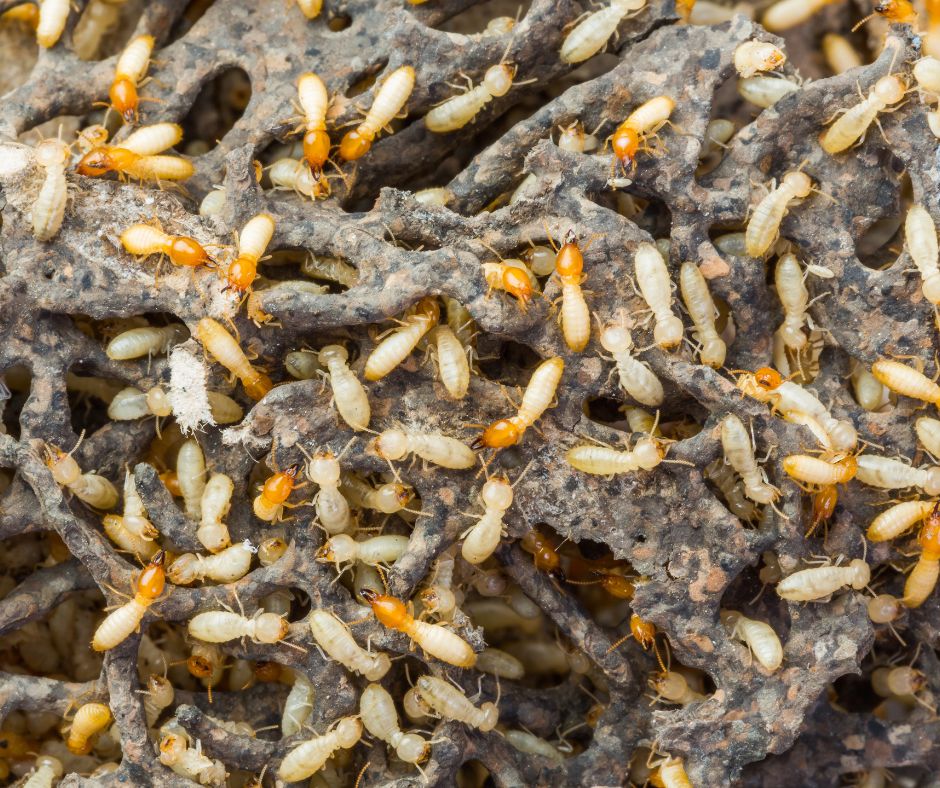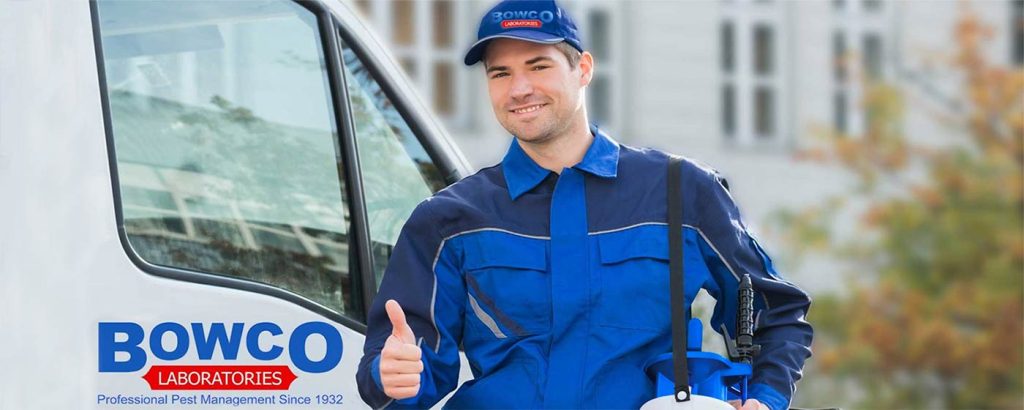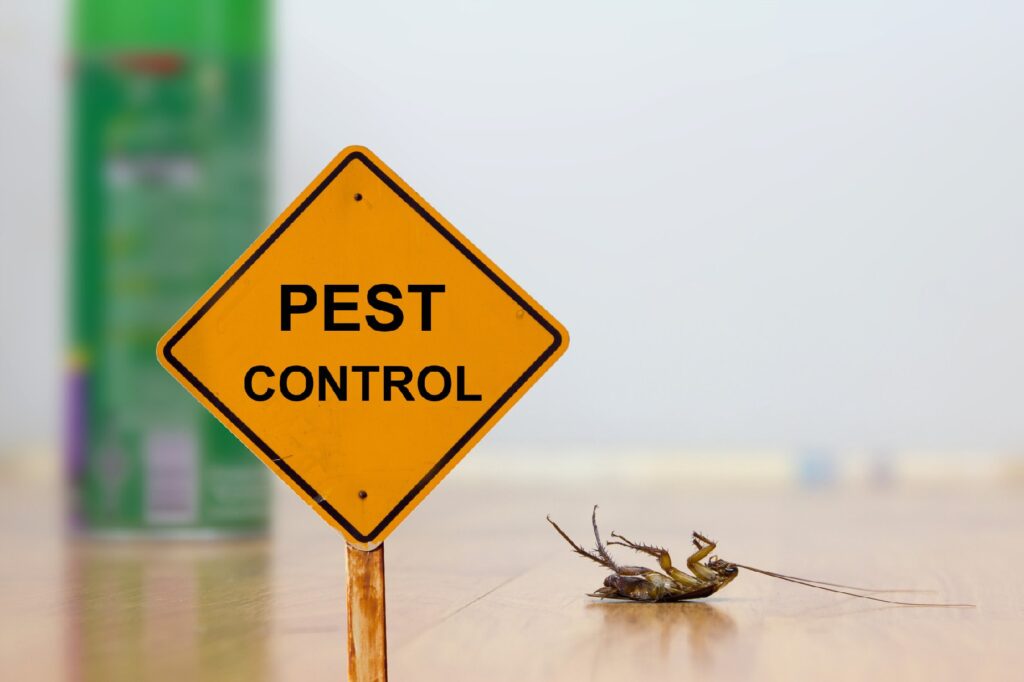Main Benefits of Termite Treatment Port Charlotte for Future Protection
Learn Regarding the current Developments in Pest Control and Exactly How to Apply Effective Therapy Solutions
In current years, the field of bug control has witnessed substantial advancements, driven by the requirement for reliable and sustainable therapy remedies. Cutting-edge strategies such as Integrated Bug Monitoring (IPM) integrate green techniques with advanced modern technology, enhancing both efficiency and environmental duty.
Eco-Friendly Bug Control Options
Over the last few years, the demand for eco-friendly bug control alternatives has surged as homeowners and businesses alike seek lasting alternatives to standard chemical treatments. This change is driven by expanding environmental understanding and a need to reduce the wellness risks connected with artificial pesticides.

Eco-friendly bug control approaches incorporate an array of approaches that prioritize using all-natural materials and practices. Integrated Insect Administration (IPM) is one such strategy, integrating biological, social, and mechanical strategies to manage parasite populaces while minimizing dependence on chemicals (Wildlife removal services). This holistic technique highlights avoidance with environment control and the introduction of natural predators, thereby fostering a balanced environment
One more prominent choice is making use of organic chemicals obtained from plants, which tend to be much less unsafe to non-target microorganisms. Products like neem oil and diatomaceous earth have actually gotten traction for their performance in controlling parasites while presenting marginal risks to human health and wellness and the setting.
In addition, exclusion methods, such as securing access points and preserving sanitation, play a vital role in eco-friendly bug management. By embracing these sustainable methods, people and businesses can efficiently handle pests while promoting a much healthier planet for future generations.
Smart Modern Technology in Insect Monitoring
Advancement is improving the landscape of pest management, with smart technology becoming a pivotal force in enhancing efficiency and effectiveness - Wildlife removal services. The integration of Internet of Things (IoT) devices, synthetic intelligence (AI), and information analytics is revolutionizing how insect control experts come close to invasions
Smart catches furnished with sensing units can detect pest task in real-time, sending out immediate alerts to operators. This enables timely feedbacks, reducing damage and reducing the requirement for considerable therapies. Additionally, AI algorithms assess historical data to predict parasite actions, enabling proactive interventions based on ecological conditions and problem patterns.
Drones and computerized lorries are likewise playing a considerable function in parasite management, providing airborne assessments of huge areas, recognizing hotspots, and even dispersing targeted therapies. These technologies not just streamline procedures but additionally improve safety and security by limiting human direct exposure to potentially hazardous chemicals.
In addition, mobile applications equip consumers to check bug task and accessibility professional guidance, cultivating a collective strategy to pest monitoring. In general, the fostering of smart technology is establishing a brand-new standard in bug control, emphasizing data-driven decisions and lasting techniques that ultimately profit both specialists and property owners alike.
Integrated Bug Monitoring Techniques
Integrated Bug Monitoring (IPM) employs an alternative strategy to pest control, combining different methods to effectively handle parasite populations while lessening risks to human wellness and the environment. IPM focuses on comprehending the pest life cycle, their all-natural adversaries, and the ecosystem in which they flourish.
One of the fundamental elements of IPM is keeping an eye on pest populaces through regular examinations and data collection. This permits for the recognition of parasite limits, establishing when treatment is required. Cultural methods, such as crop rotation, cleanliness, and habitat adjustment, are important in minimizing bug occurrence and promoting plant wellness.
Mechanical controls, consisting of catches and barriers, are additionally essential in IPM. These approaches can literally get rid of or hinder pests without the use of chemicals. When required, the sensible application of chemical controls is used, focusing on targeted treatments that minimize environmental impact.
Education and learning and cooperation among stakeholders, including farmers, pest control specialists, and the area, are critical for the effective application of IPM methods. By prioritizing sustainable techniques, IPM not just addresses pest problems but additionally cultivates a much healthier community.
Biological Control Methods
Numerous organic control techniques are progressively acknowledged for their effectiveness in taking care of parasite populaces while promoting eco-friendly equilibrium. These methods harness natural predators, parasites, and virus to minimize pest numbers without relying upon artificial chemicals. The intro of ladybugs can effectively regulate aphid populations, while next page nematodes target soil-dwelling bug larvae.
In addition, the use of microbial chemicals, such as Bacillus thuringiensis (Bt), provides an ecologically pleasant alternative for handling caterpillar pests. These items specifically target pest types, decreasing harm to valuable insects and pollinators. In addition, conservation biological control highlights boosting environments for natural opponents, such as birds and valuable insects, thus motivating their visibility in agricultural systems.
Study remains to disclose cutting-edge approaches within this field, such as using scents to interfere with pest breeding patterns or the development of biocontrol agents with genetic engineering. Carrying out these approaches can result in sustainable parasite management techniques that minimize the reliance on chemical interventions, eventually fostering much healthier communities. As recognition of these techniques expands, they are becoming important parts of incorporated parasite management (IPM) methods, offering a balance between effective parasite control and environmental stewardship.
Do It Yourself Insect Control Solutions
As home owners look for effective ways visit this page to take on insect problems, do it yourself parasite control remedies have actually acquired popularity for their availability and cost-effectiveness. These methods empower people to resolve invasions utilizing readily offered materials and techniques, often without the requirement for professional treatment.

Additionally, maintaining correct sanitation and termite pest control regular evaluations can avoid insect entry and nesting (Wildlife removal services). Straightforward techniques, such as securing splits, eliminating food sources, and decluttering, can significantly diminish pest populaces. Catches, both homemade and readily readily available, can likewise use reliable solutions for surveillance and regulating certain bugs like bugs or rodents

Final Thought
The assimilation of environment-friendly pest control alternatives, clever innovation, and ingenious management strategies provides a comprehensive strategy to efficient insect monitoring. By accepting Integrated Pest Administration (IPM) and utilizing biological control approaches, together with Do it yourself options, sustainable and liable pest control can be accomplished.
Environment-friendly bug control methods encompass an array of techniques that prioritize the usage of natural substances and methods. Integrated Pest Management (IPM) is one such technique, combining biological, cultural, and mechanical methods to manage bug populaces while reducing dependence on chemicals. As awareness of these techniques grows, they are ending up being indispensable parts of incorporated insect administration (IPM) approaches, offering a balance between reliable pest control and environmental stewardship.
The combination of green parasite control options, smart technology, and cutting-edge monitoring methods offers an extensive strategy to reliable insect administration. By embracing Integrated Insect Management (IPM) and using biological control approaches, together with DIY solutions, responsible and sustainable bug control can be achieved.